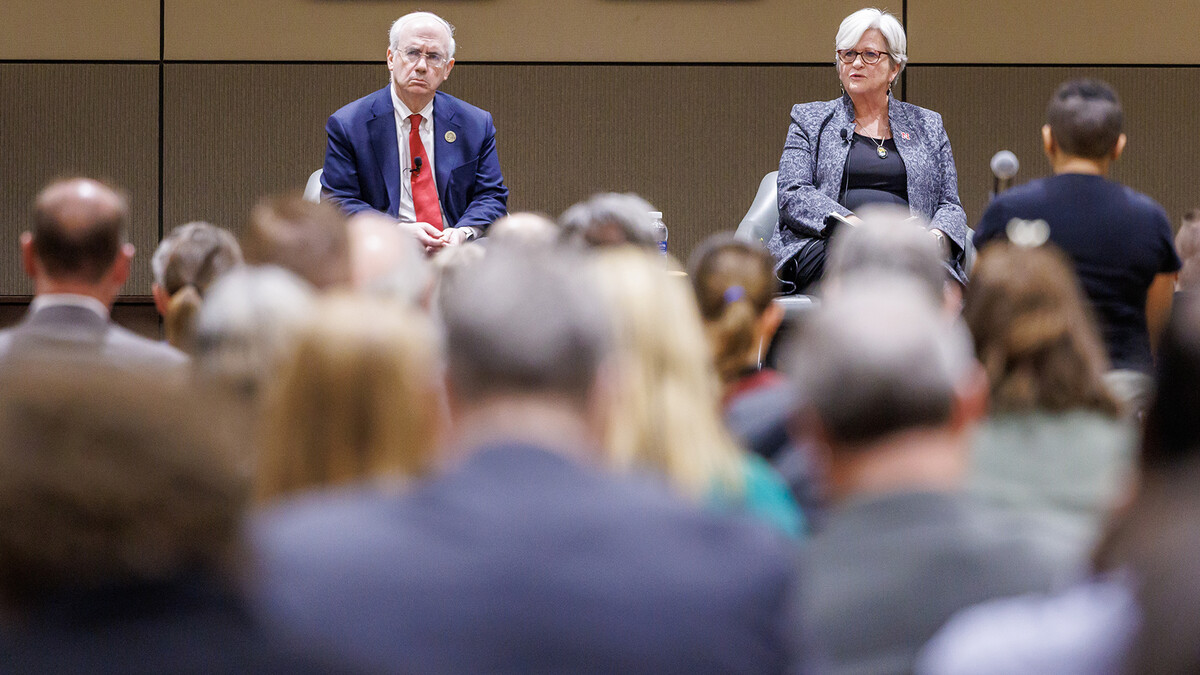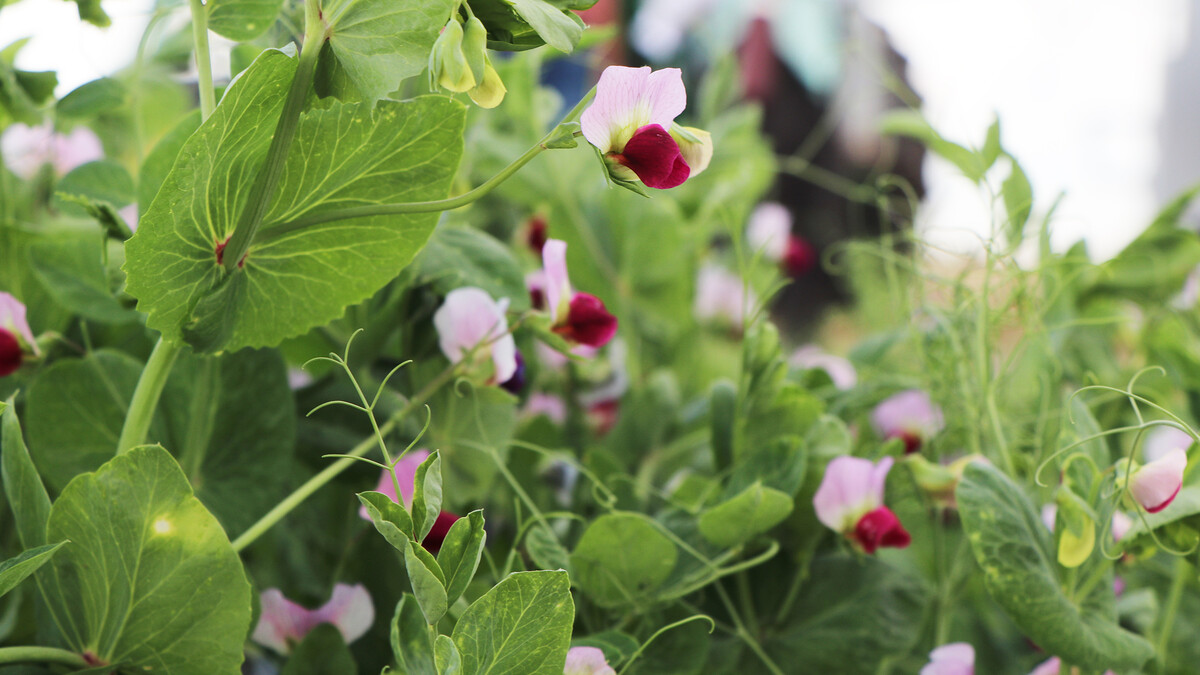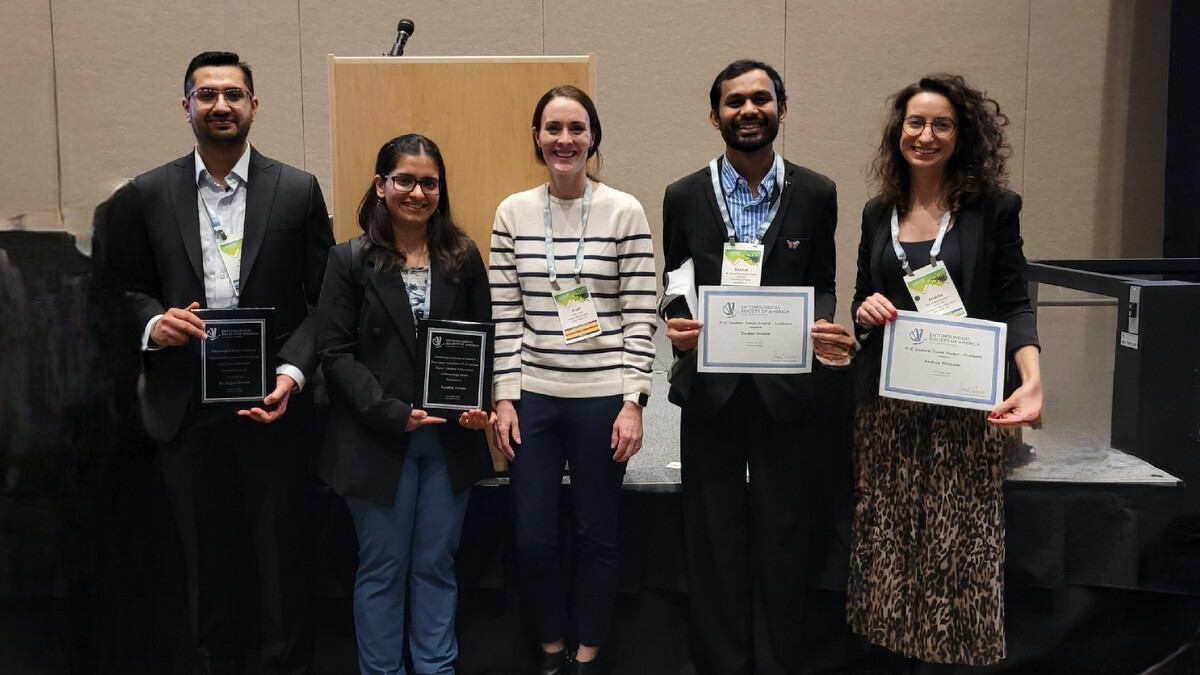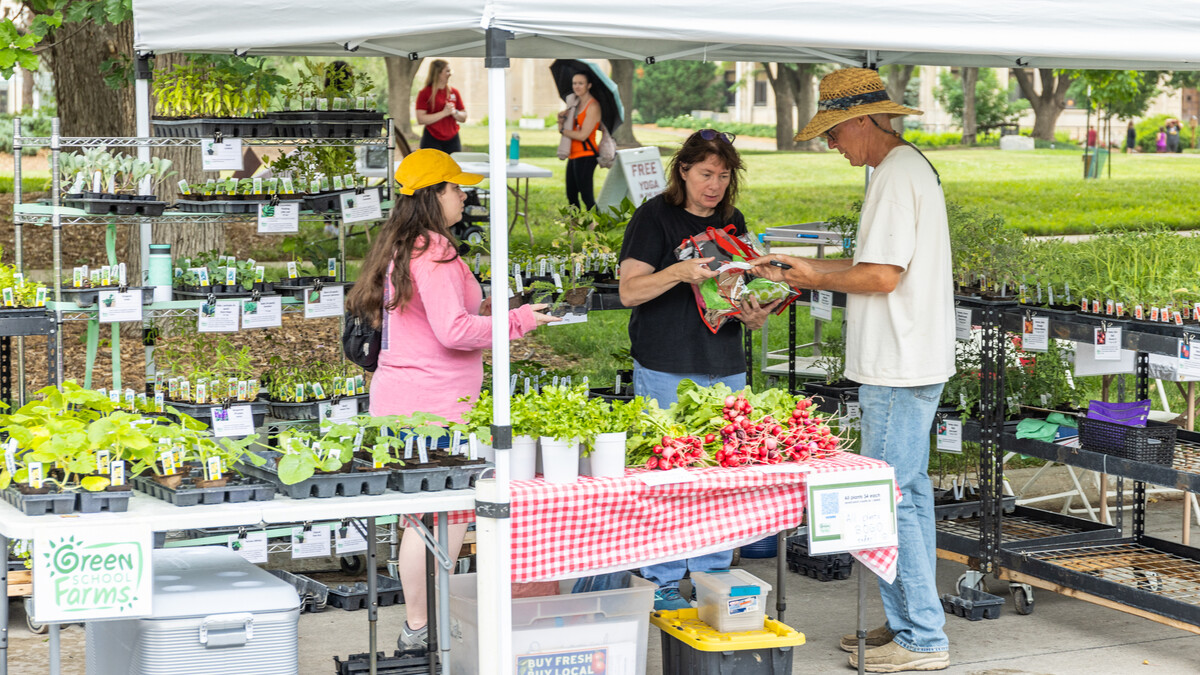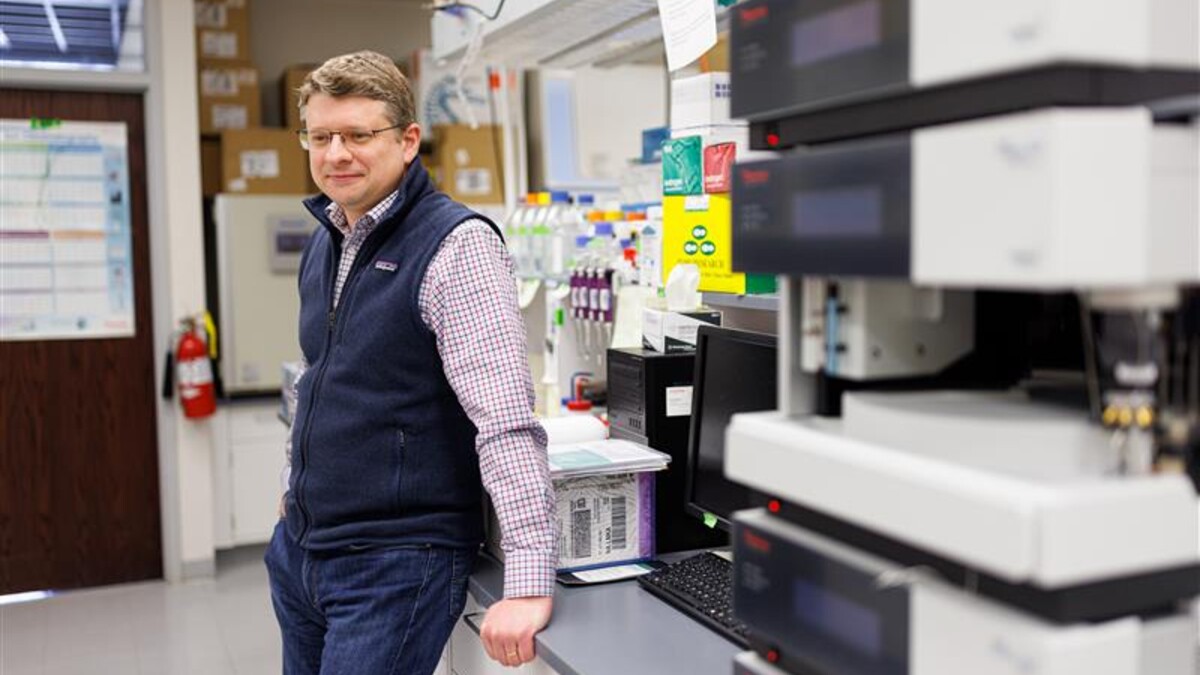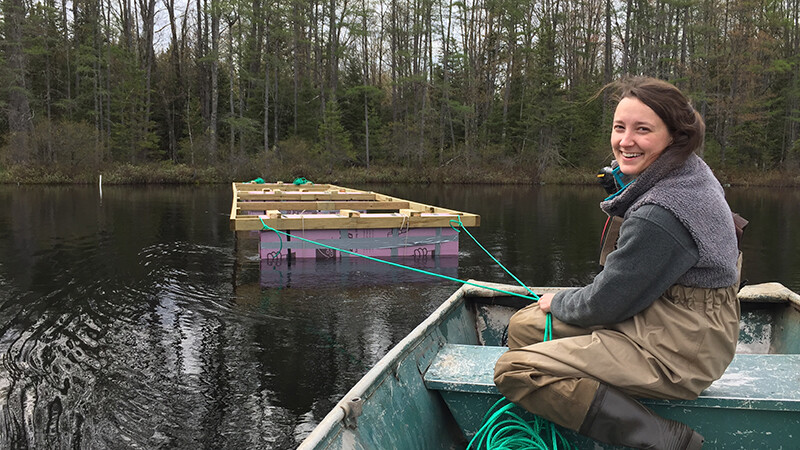
Lincoln, Neb. —Carly Olson grew up in the Land of 10,000 Lakes, surrounded by but never seeing the fascinating aquatic life she would one day build a career upon.
The aquatic life eventually catching her eye wasn’t the famed walleye of Minnesota but zooplankton. In particular, Olson became interested in the microscopic crustaceans that feed on algae and then serve as fish food themselves.
Although she had grown up fishing and swimming in lakes and streams, she learned of the existence of zooplankton only after trying to sign up for a pre-veterinarian class at the University of Wisconsin-La Crosse.
When she couldn’t get into the already-full class, she took a class in marine biology instead.
"I took that course, and I was hooked," she said. "I was like, 'Yup, this is it.'"
With a microscope, she could see the many zooplankton that help balance the food web in inland waters and help keep these ecosystems healthy.
"It really just was like, 'There's this whole other world to discover and learn about.' That was just really fascinating to me," she said.
Olson went on to earn her bachelor's degree in biology with an emphasis in aquatic science in Wisconsin. She then earned her doctorate in biological sciences at the University of Notre Dame. She now works with Jessica Corman as a postdoctoral researcher on a stoichiometry project funded by EPSCoR and teaches limnology, the study of inland waters.
In late July and early August, she will teach a three-week, three-credit limnology course at the Cedar Point Biological Station near Lake McConaughy in western Nebraska. She taught it last summer for two weeks but extended it another week after students suggested she do so in follow-up surveys about the class.
During last summer’s course, she led six students in collecting water samples from Lake Ogallala, five lakes at Crescent Lake National Wildlife Refuge, the North Platte River and a groundwater-fed stream. They examined the water samples with microscopes to figure out which zooplankton made up the community serving as food for fish and keeping algae in check. Students had the assignment to draw 30 organisms they saw.
Olson and a student, Lindsey Blehm, look for organisms to bring back to the lab and study at Cedar Point Biological Station in summer 2023.They also took measurements of nitrogen, phosphorus and chlorophyll a in the water samples. These serve as nutrients for algae and are an important part of the food web, but in too high amounts, they can result in harmful algae blooms that strip the water of oxygen.
Olson had the students enter the data they collected in Excel and create figures and plots to summarize it. She instructed them in ecological stoichiometry, looking at the ratio of elements in the water to see if they were balanced right for aquatic life.
They used sensors to measure the different oxygen and temperature levels in the water. They also visited the hydroelectric dam on Lake McConaughey and worked with Nebraska Game and Parks to catch and view fish in Lake Ogallala.
"Surprisingly, western Nebraska is a really great place to teach limnology," Olson said. "There's a lot of water and interesting systems to contrast out there in the Sandhills."
This summer, she plans to add a trip to the Snowy Range in Wyoming to contrast alpine lakes with the Sandhills ones. Daniel Gschwentner, the graduate student who served as her teaching assistant in the class last summer, will coteach. They have opened the class to graduate students as well as undergraduates.
Olson said she would like to increase enrollment in the class, now at seven or eight students. Students generally pay only tuition for the class because they stay in cabins at the Cedar Point Biological Station and receive scholarships covering room and board.
Student feedback on last summer’s class was positive, she said, and she learned a lot from the class too.
"This course really solidified I can create a course from scratch--with help, for sure," she said. "And I can lead these students and create a really great, effective and enriching learning experience for them and create some sort of community.”
The experience confirmed for her that she was on the right track for her career, she said.
The School of Natural Resources seconded that notion by awarding her the Postdoctoral Excellence Award at the school banquet on April 6, 2024.
Looking forward, Olson said she is considering being a professor or researcher in state or federal government.
"I feel myself being pulled towards making sure that I have some element of teaching and mentoring in my work," she said.
And the decision to continue with water at the center of her career makes sense to her when she reflects on her life and growing up near the Mississippi River in South Saint Paul and then the Saint Croix River in Stillwater, Minnesota.
"I've always lived right next to a big river," she said. "Even in my day-to-day life, water has always been there.”


